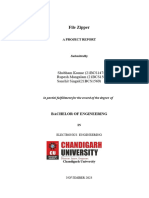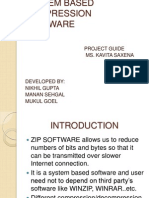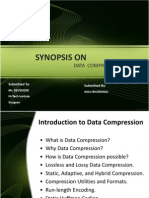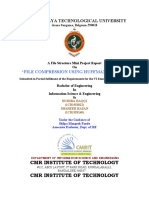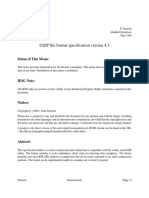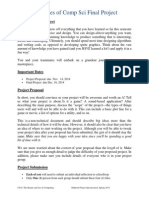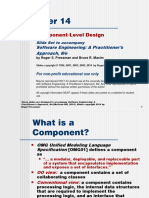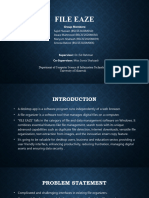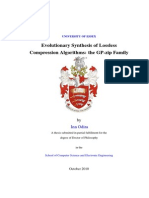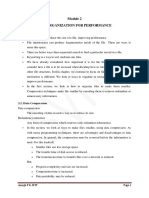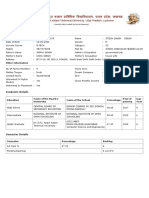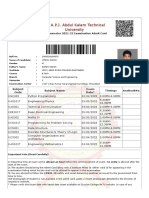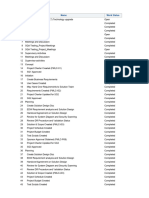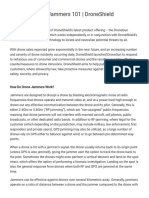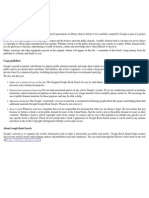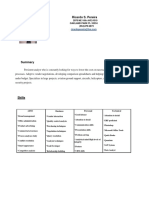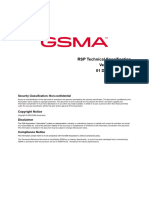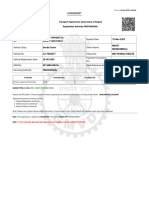0% found this document useful (0 votes)
196 views12 pagesReport Mini Project
This document is a project report for a Zip File Generator (ZipiFy) created by students Ishaan Tyagi and Jitesh Singh. The report outlines the motivation, objectives, scope, hardware/software requirements, and proposed method for the project. It also describes deliverables such as code snippets for zipping/compressing files and uploading files, as well as identifying stakeholders such as users who can submit data early to the registry to ensure a smooth submission process.
Uploaded by
JITESH SINGHCopyright
© © All Rights Reserved
We take content rights seriously. If you suspect this is your content, claim it here.
Available Formats
Download as PDF, TXT or read online on Scribd
0% found this document useful (0 votes)
196 views12 pagesReport Mini Project
This document is a project report for a Zip File Generator (ZipiFy) created by students Ishaan Tyagi and Jitesh Singh. The report outlines the motivation, objectives, scope, hardware/software requirements, and proposed method for the project. It also describes deliverables such as code snippets for zipping/compressing files and uploading files, as well as identifying stakeholders such as users who can submit data early to the registry to ensure a smooth submission process.
Uploaded by
JITESH SINGHCopyright
© © All Rights Reserved
We take content rights seriously. If you suspect this is your content, claim it here.
Available Formats
Download as PDF, TXT or read online on Scribd
/ 12

